Picking a landing site
Before starting our journey, we should know our destination right! So here are some suitable places on mars which we can think of landing on.
Looking for Places on Mars with Signs of Past Water

Water once flowed or stood in many places on Mars. Scientists want to send the Mars 2020 rover to one of them.
Why is it important to send the rover to a place that used to be wet? Water is essential for the basic chemical processes that lead to and sustain life. For scientists, the best place for the rover to go is one where water drenched the land for a long time in Mars' past history.
Discoveries of weird life forms on Earth have broadened the ideas that scientists have about life that could have once existed on Mars. For example, there are microbes on Earth that thrive around volcanic vents at the bottom of the sea. These microbes don't need photosynthesis for energy. Instead, they use chemical energy from methane or carbon dioxide molecules. Could Mars have been home to similar forms of life?
Scientists and engineers evaluated these eight landing sites. Some of these formerly watery places were created by bubbling underground springs. Others were created by rain-fed rivers that filled craters.
Potential Mars 2020 Rover Landing Site #1Columbia Hills, Gusev Crater: Home to Mars Rover Spirit
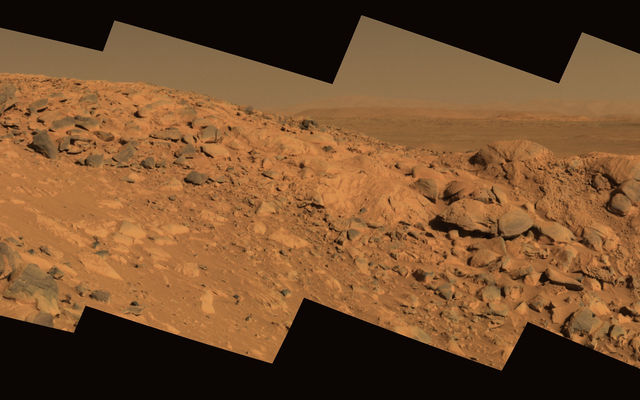
Potential Mars 2020 Rover Landing Site #2
Eberswalde: A Delta Within a Delta

Potential Mars 2020 Rover Landing Site #3
Holden Crater: Shaken and Stirred
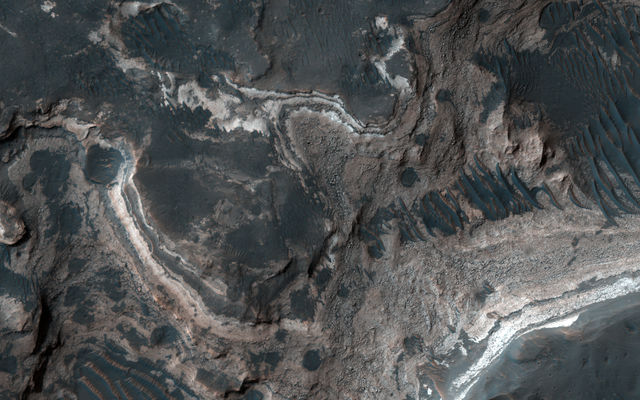
Potential Mars 2020 Rover Landing Site #4
Jezero Crater: Wet and Dry and Wet Again
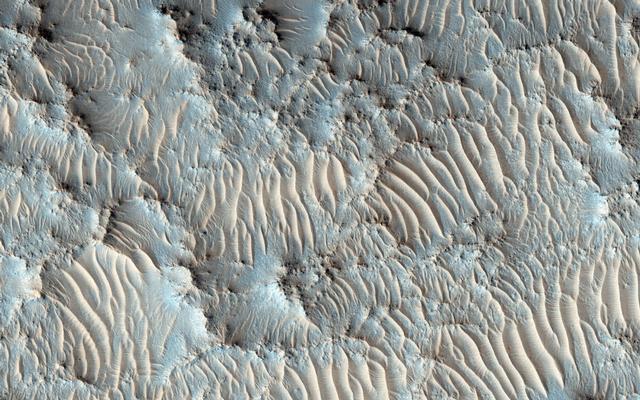
Potential Mars 2020 Rover Landing Site #5
Mawrth Vallis: A Mysterious Water Source
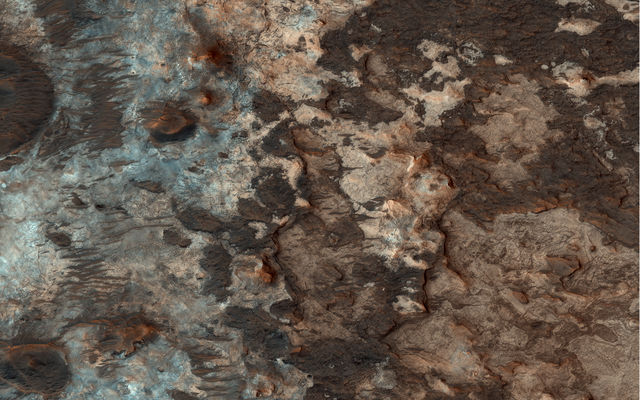
Potential Mars 2020 Rover Landing Site #6
NE Syrtis: Once Warm, and Wet
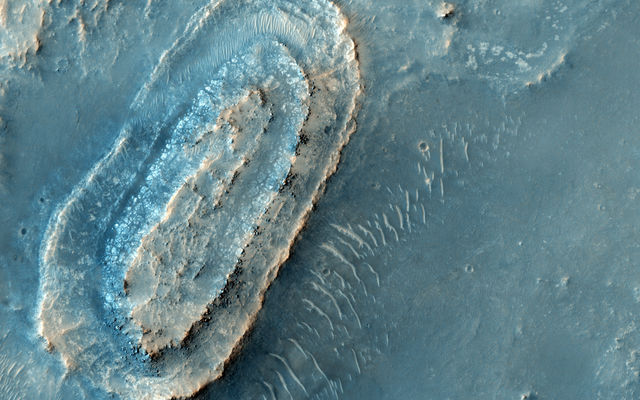
Potential Mars 2020 Rover Landing Site #7
Nili Fossae: A Splashy Array of Minerals and a Dash of Methane
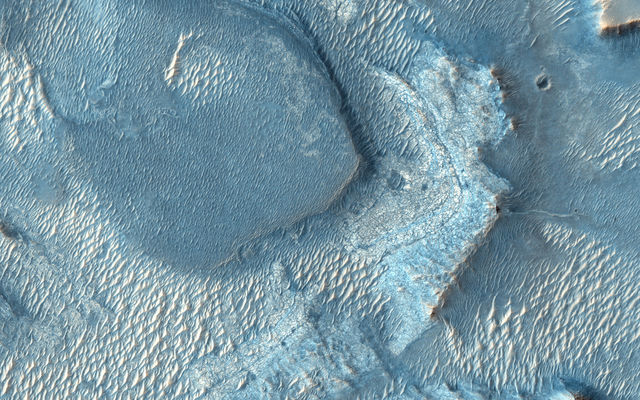
Potential Mars 2020 Rover Landing Site #8
SW Melas: Part of the Largest Canyon in the Solar System
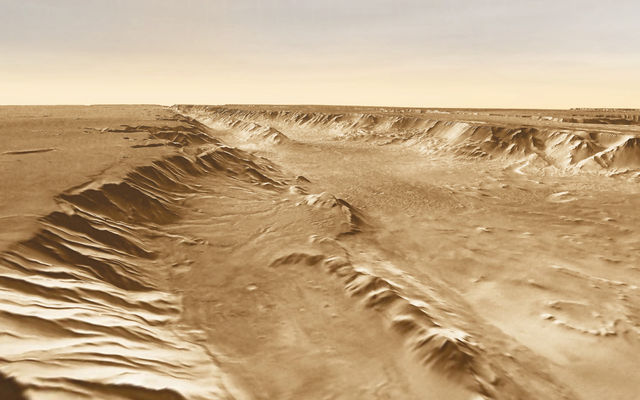
Key Questions for Deciding on the Mars 2020 Rover's landing Site
Potential landing sites for the Mars 2020 rover could change as mission science and engineering considerations evolve. Ultimately, NASA will choose a place with a history of liquid water that also meets the Mars 2020 mission landing site criteria:
- Can the Mars 2020 rover achieve all of the mission's scientific objectives at this site?
- Does the area show signs in the rock record that it once had the right environmental conditions to support past microbial life?
- Does the area have a variety of rocks and "soils" (regolith), including those from an ancient time when Mars could have supported life?
- Did different geologic and environmental processes, including interactions with water, alter these rocks through time?
- Are the rock types at the site able to preserve physical, chemical, mineral, or molecular signs of past life?
- Is the potential high for scientists to make fundamental discoveries with the samples cached by the rover, if potentially returned to Earth someday?
- Does the landing site have water resources (water ice and/or water-bearing minerals) that the rover could study to understand their potential use by future human explorers?
- Can the rover land and travel from place to place without facing significant hazards posed by the terrain?
Final Three Landing Sites
At the third landing site workshop for the Mars 2020 rover mission on Feb. 8-10, 2017, a team of scientists narrowed down the list of potential places where NASA's Mars 2020 rover may land. Three sites were selected to continue as landing site candidates: Columbia Hills, Jezero Crater, NE Syrtis. See the letter describing the workshop results, sent by the Mars 2020 rover Project Scientists to the NASA Mars Lead Scientist.
Columbia Hills, Gusev Crater: Home to Mars Rover Spirit

Mineral springs once burbled up from the rocks of Columbia Hills. The discovery that hot springs flowed here was a major achievement of the Mars Exploration Rover, Spirit. The rover's discovery was an especially welcome surprise because Spirit had not found signs of water anywhere else in the100-mile (160-kilometer)-wide Gusev Crater. After the rover stopped working in 2010, studies of its older data records showed evidence that past floods that may have formed a shallow lake in Gusev.
Jezero Crater: Wet and Dry and Wet Again
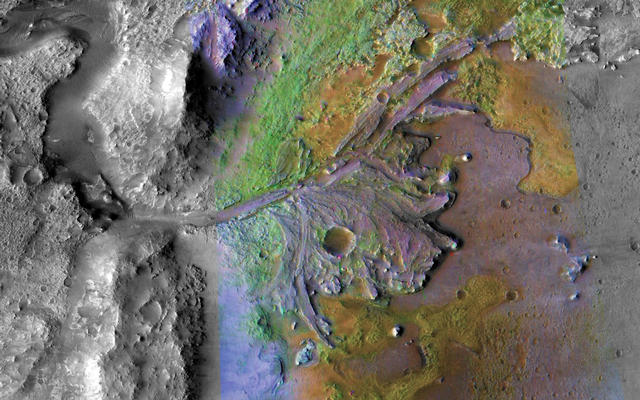
Jezero Crater tells a story of the on-again, off-again nature of the wet past of Mars. Water filled and drained away from the crater on at least two occasions. More than 3.5 billion years ago, river channels spilled over the crater wall and created a lake. Scientists see evidence that water carried clay minerals from the surrounding area into the crater after the lake dried up. Conceivably, microbial life could have lived in Jezero during one or more of these wet times. If so, signs of their remains might be found in lakebed sediments.
NE Syrtis: Once Warm, and Wet

Volcanic activity once warmed NE Syrtis. Underground heat sources made hot springs flow and surface ice melt. Microbes could have flourished here in liquid water that was in contact with minerals. The layered terrain of NE Syrtis holds a rich record of the interactions that occurred between water and minerals over successive periods of early Mars history.
